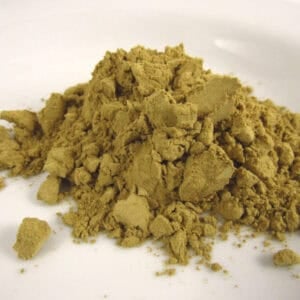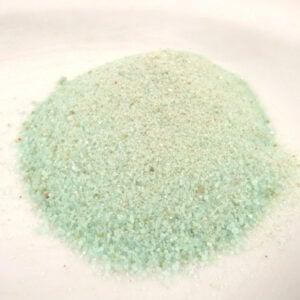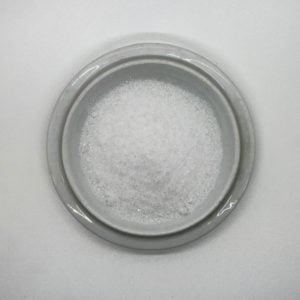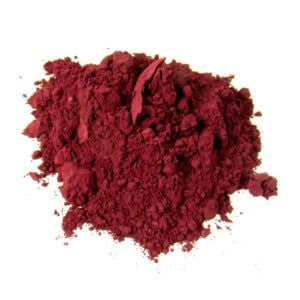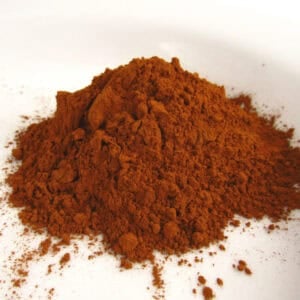Myrobalan Extract
Myrobalan (Terminalia chebula) is a common dye throughout India. It grows primarily in the foothills of the Himalayas. It is an upright tree with small oval leaves and lovely bright yellow flowers. We often employ it as a mordant prior to creating brown and black on cotton fabrics. Use a higher percentage of myrobalan to yield a brownish yellow. Use a lower percentage to yield a light buff color. Myrobalan extract overdyed with indigo makes a beautiful teal color. 50g of myrobalan extract will dye approximately 500g (1.1 pounds) of fiber to a dark yellow shade. For more details on … Read more


